Explore the Great Outdoors with Ease, Essential Needs for Your Next Adventure…

Camping and hiking are popular outdoor activities that allow people to enjoy nature, exercise, and have fun. However, they also require some preparation and planning to ensure a safe and comfortable experience. Here are some of the essential items you need for camping and hiking:
- A backpack that can fit all your gear and has a rain cover to protect it from the weather.
- A tent that is suitable for the season, the terrain, and the number of people you are camping with. You may also want to bring a footprint, stakes, guy lines, and repair kit for your tent.
- A sleeping bag that is rated for the lowest temperature you expect to encounter. You may also want to bring a sleeping pad, a pillow, and a liner for extra comfort and warmth.
- A stove and fuel to cook your food and boil water. You may also want to cook set, dishes, utensils, a mug, a water bottle, and biodegradable soap to clean them.
- Plenty of food that is nutritious, lightweight, and easy to prepare. You may also want to bring some snacks, energy bars, and treats for the trail.
- A water filter or purifier to treat water from natural sources. You may also want to bring a collapsible water container to store extra water.
- A first aid kit that includes bandages, gauze, antiseptic, painkillers, tweezers, scissors, and any personal medication you may need. You may also want to bring insect repellent, sunscreen, lip balm, and foot care products to prevent blisters.
- A map, compass, GPS device, or personal locator beacon to help you navigate and find your way. You may also want to bring a guidebook or an app that has information about the trails and campsites you are visiting.
- A headlamp or flashlight with extra batteries to see in the dark. You may also want to bring a lantern or a candle for ambient light in your tent or campsite.
- Clothing that is appropriate for the weather, the activity, and the duration of your trip. You may want to bring layers of clothing that can keep you warm, dry, and comfortable. Some examples are a base layer, and mid-layer, a shell layer, underwear, socks, shoes, or boots, hat, gloves, rain mittens, sunglasses, and swimsuit.
- A fire starter kit that includes matches or a lighter, tinder or cotton balls soaked in petroleum jelly, and a fire steel or magnesium bar. You may also want to bring some kindling or dry wood if you plan to make a campfire.
- A knife or a multitool that can help you with various tasks such as cutting food, opening cans or bottles, repairing gear, or making emergency shelters.
- A bear canister or a food sack with a nylon cord to store your food and other items that may attract animals. You may also want to bring some bear spray or an air horn to deter any unwanted visitors.
- A shelter or an emergency bivy that can provide you with protection in case of an unexpected storm or injury. You may also want to bring a whistle or a signal mirror to attract attention if you need help.

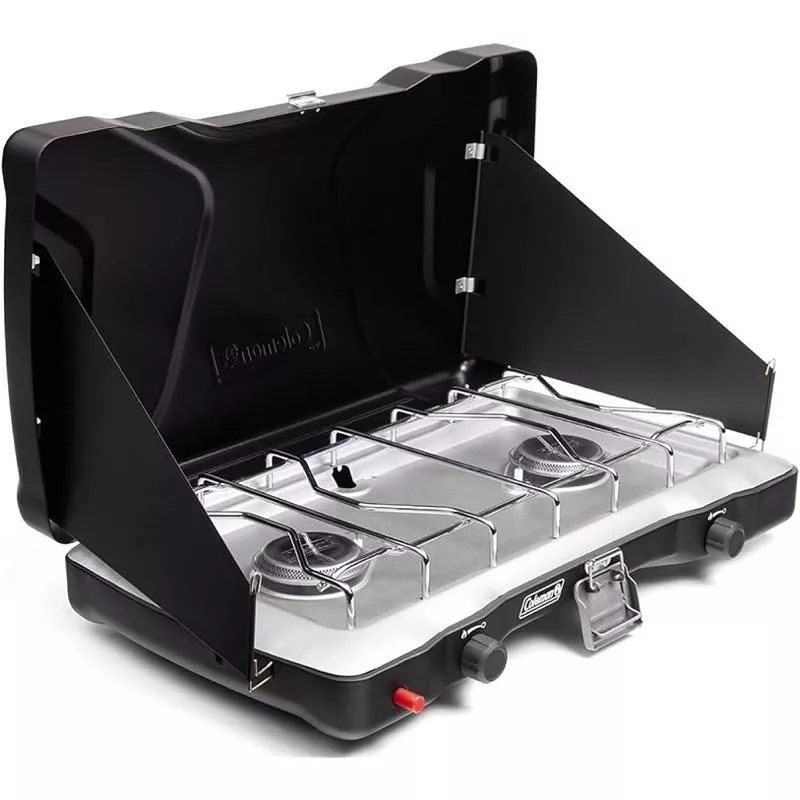
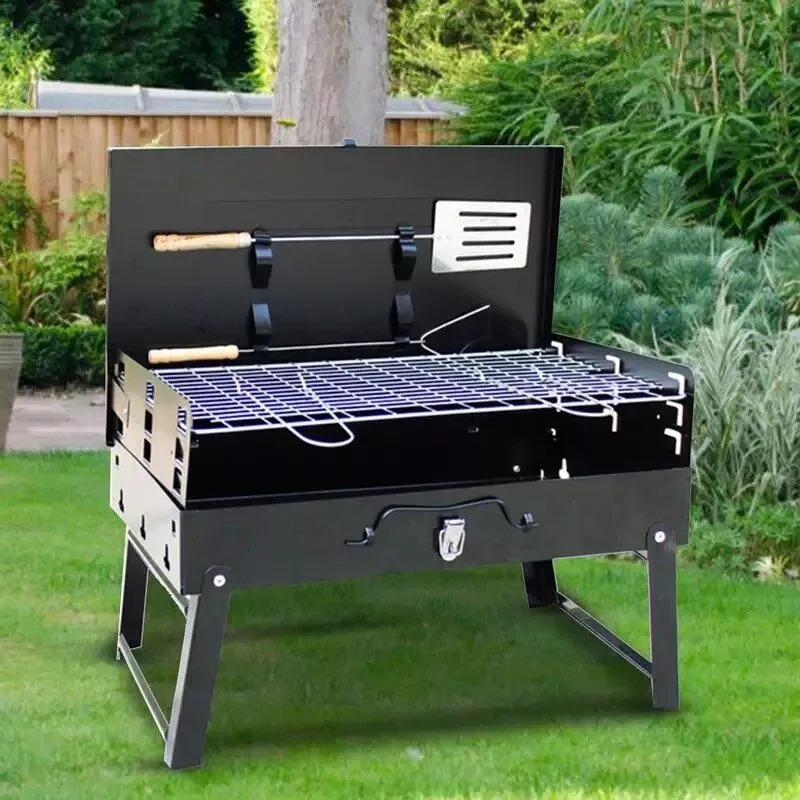



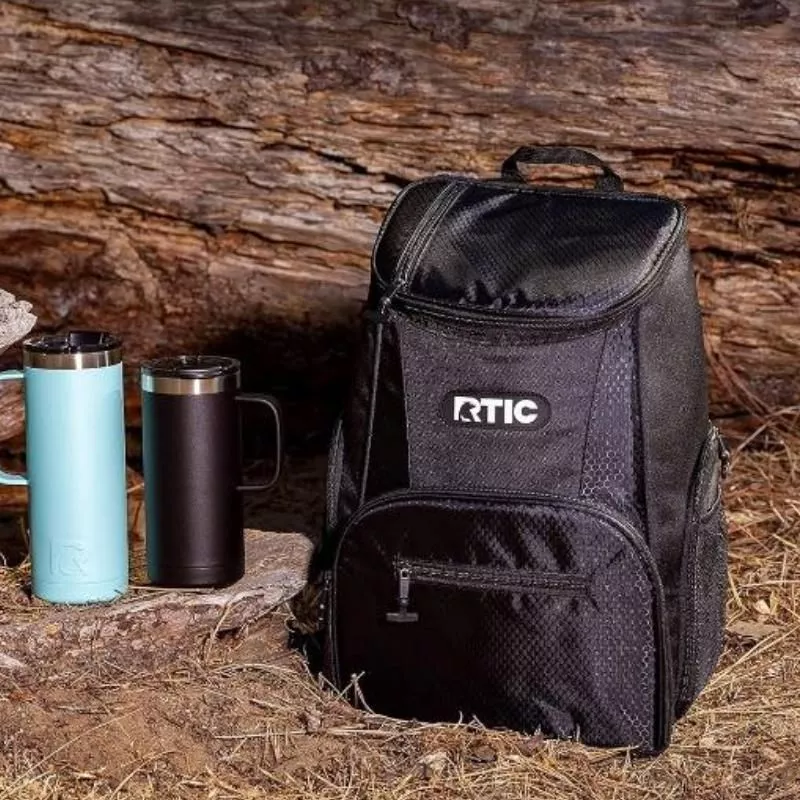
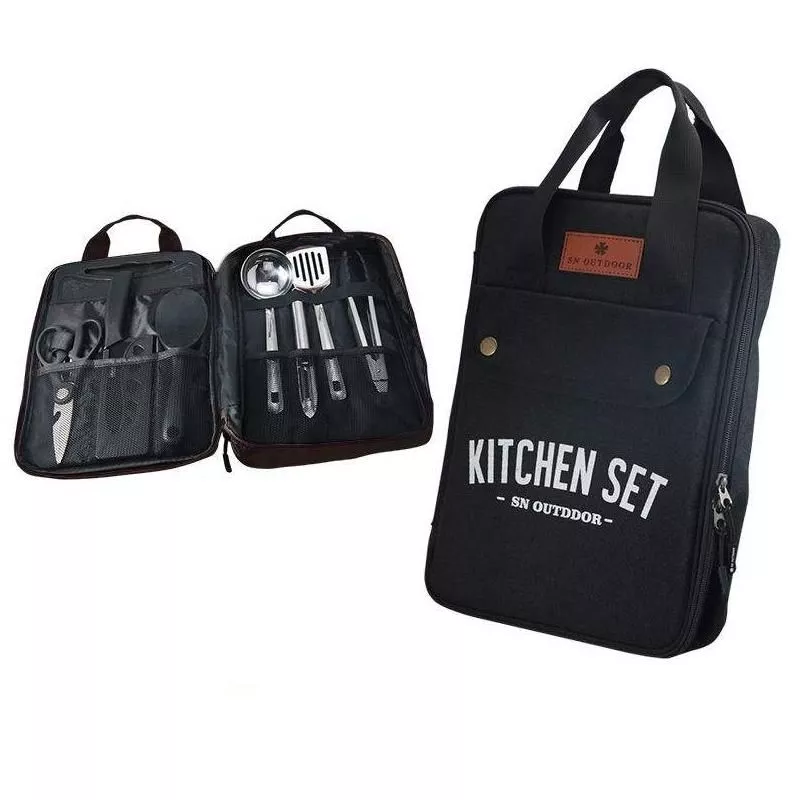

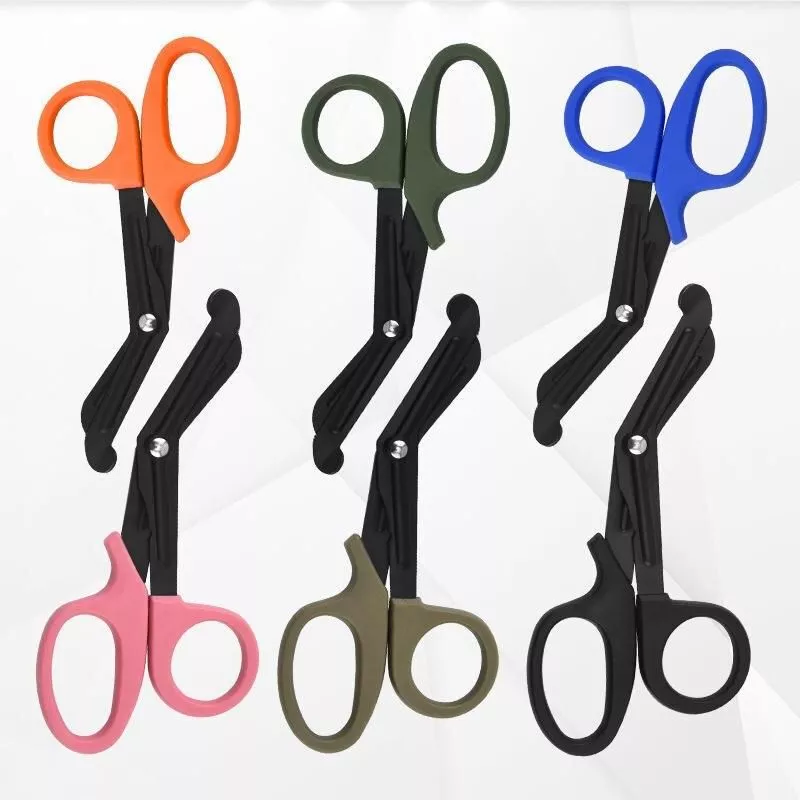
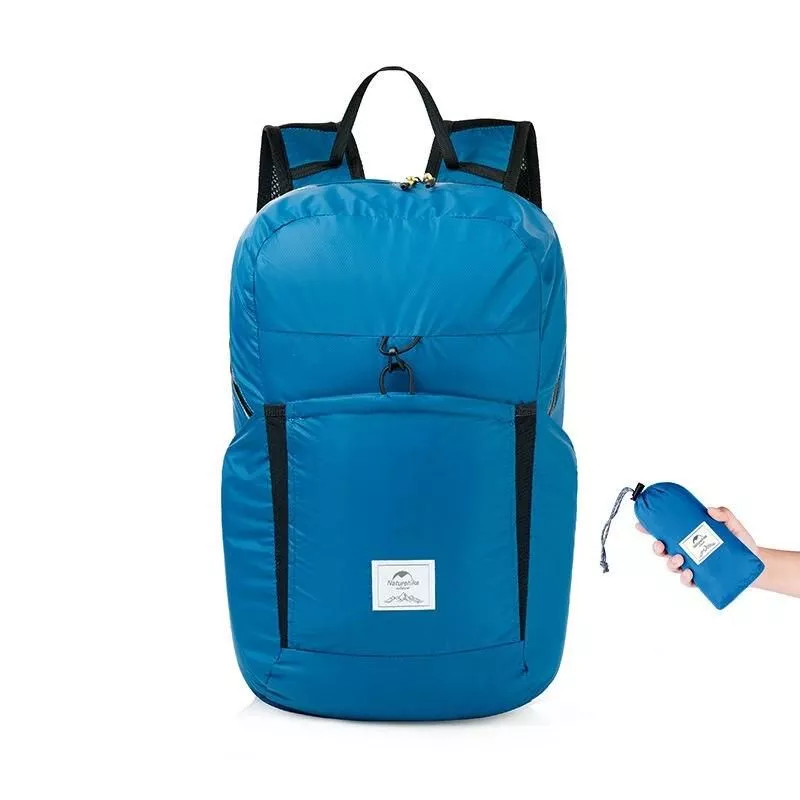
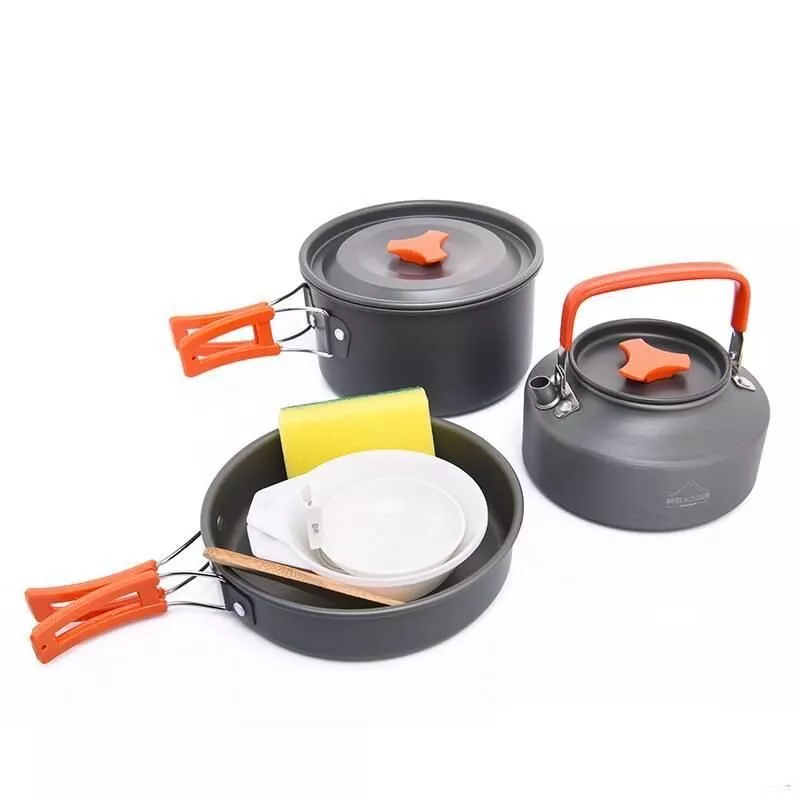
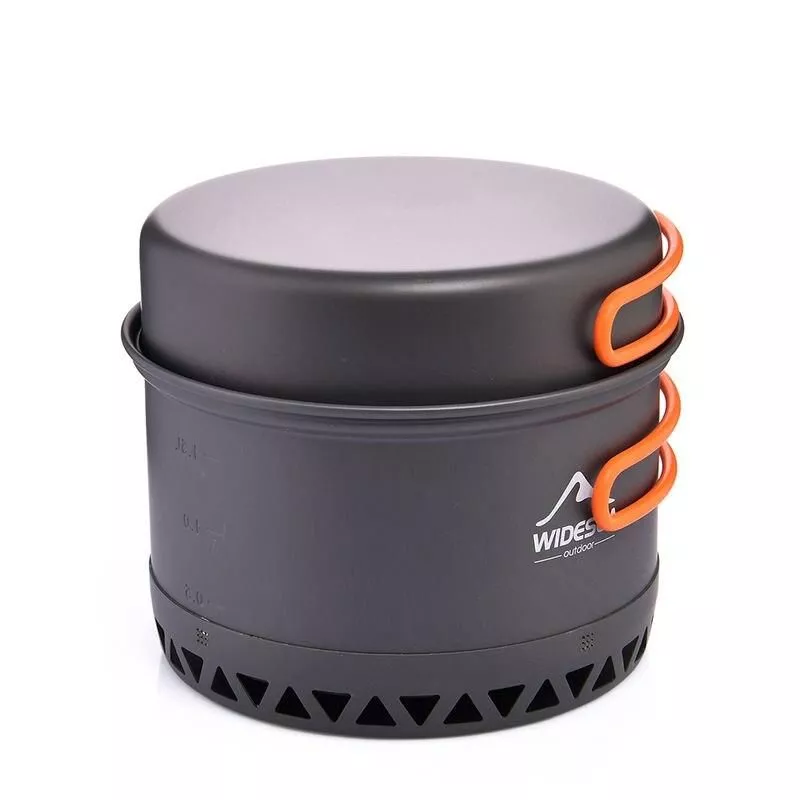
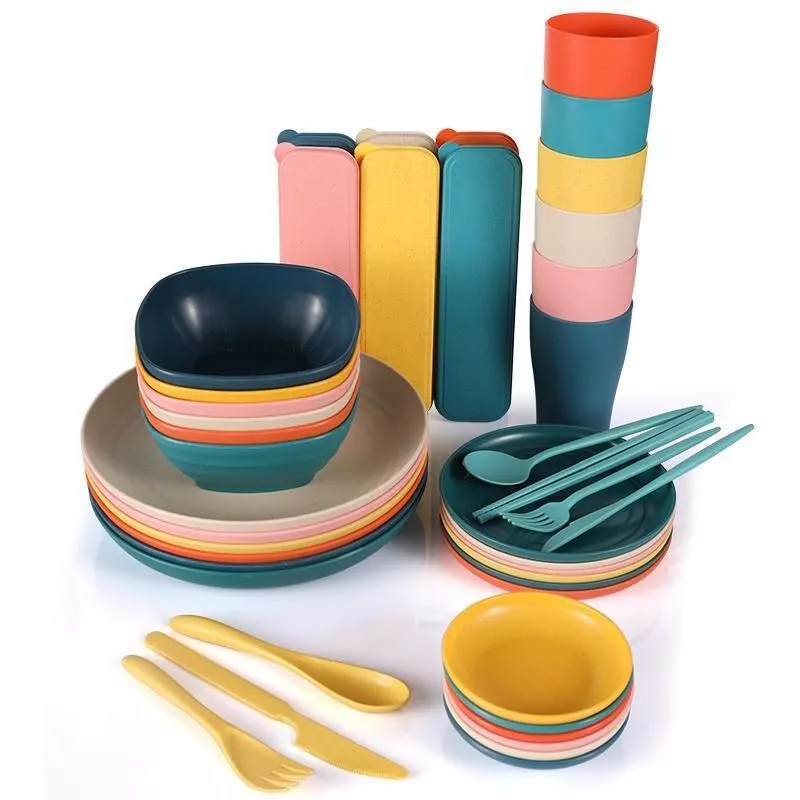
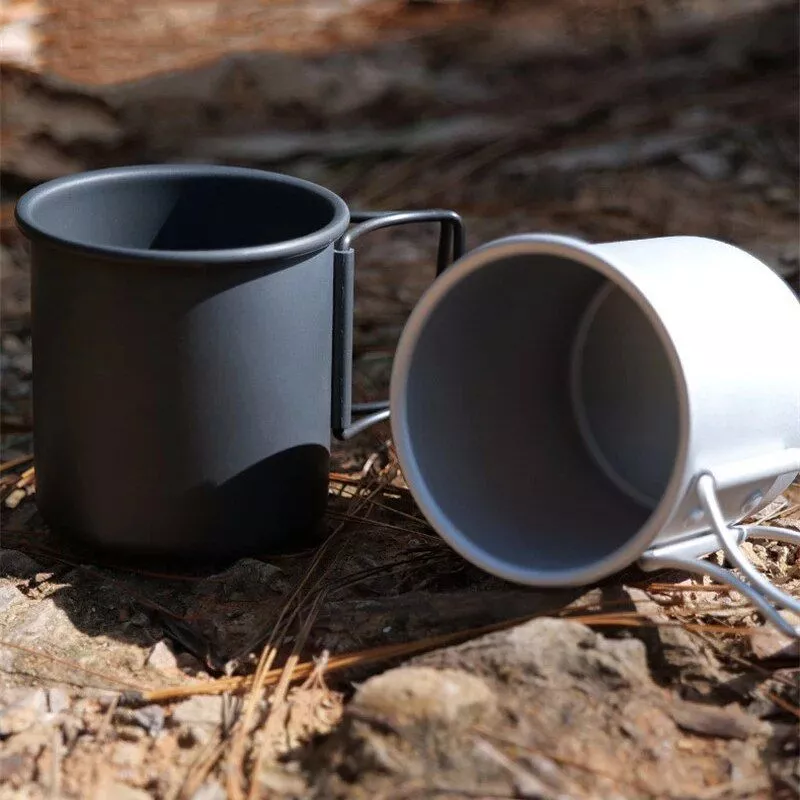
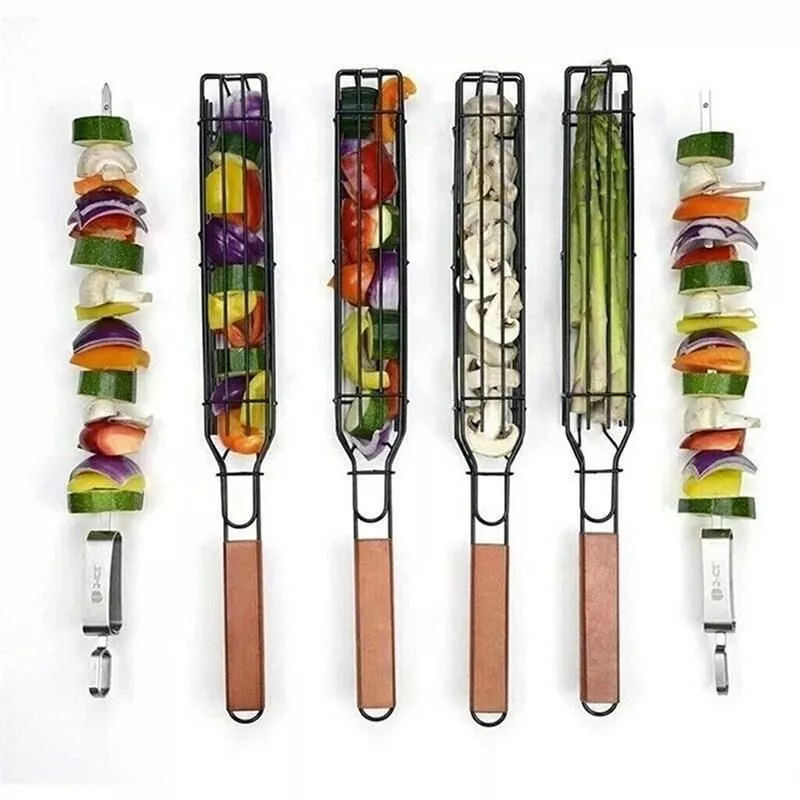
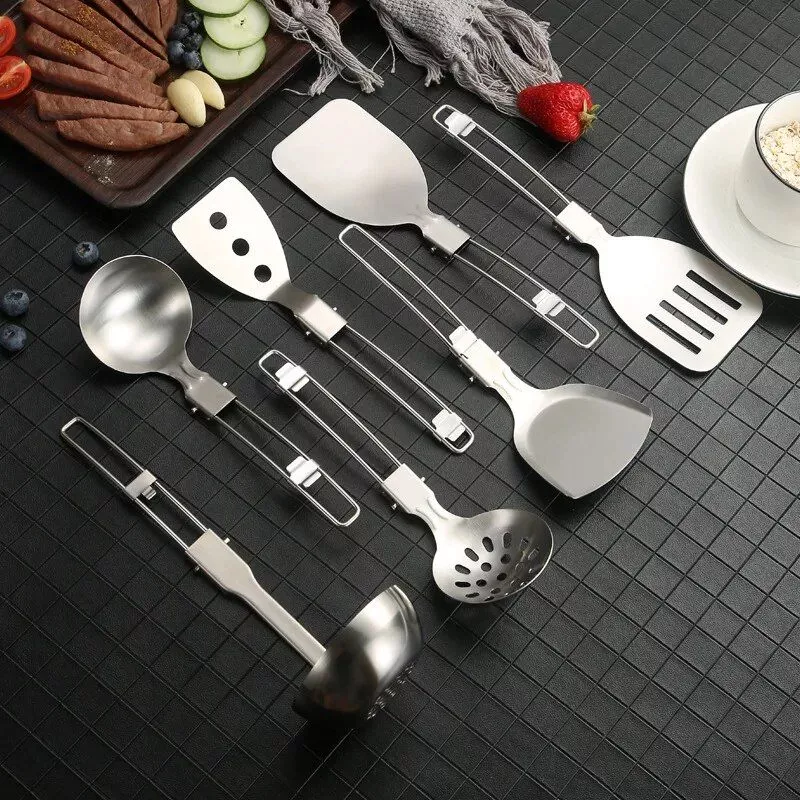
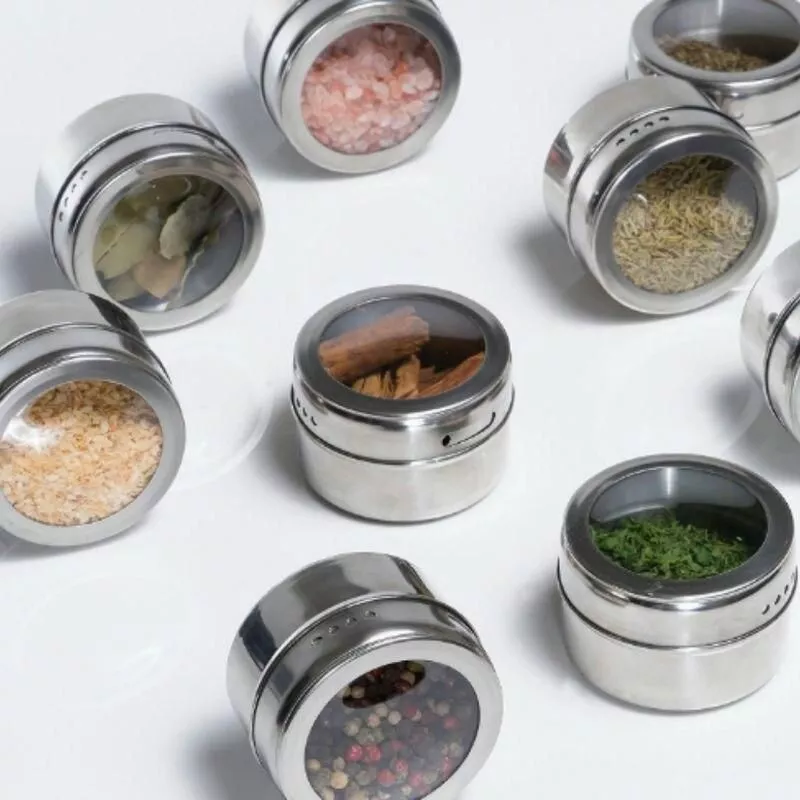
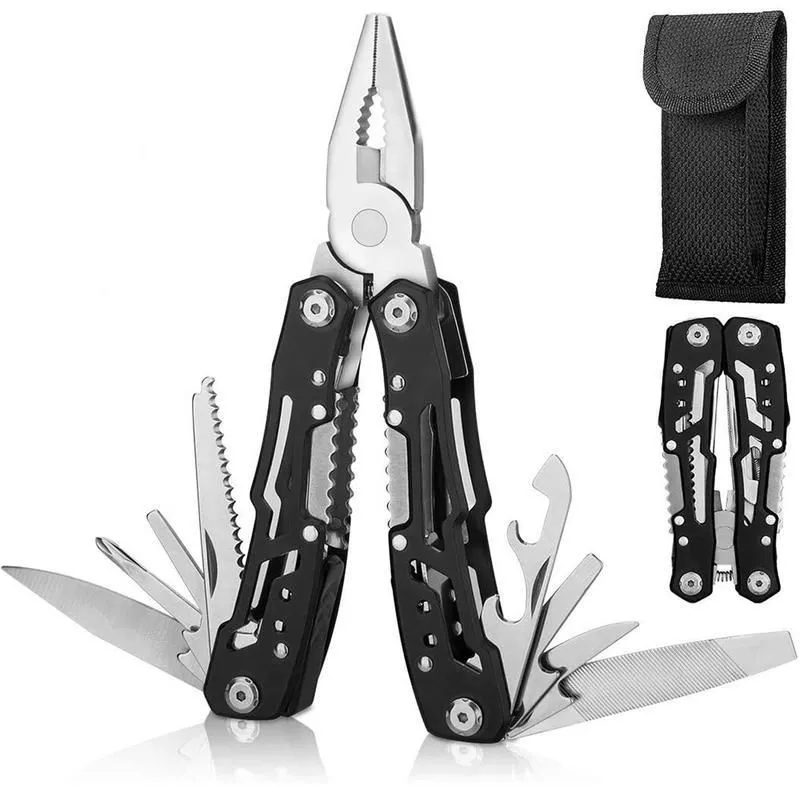
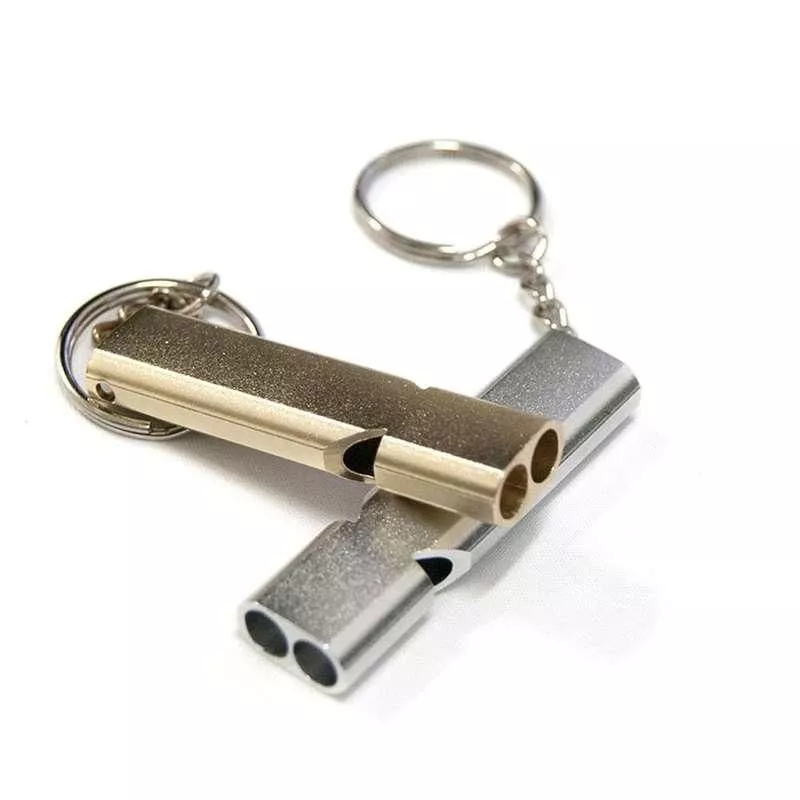
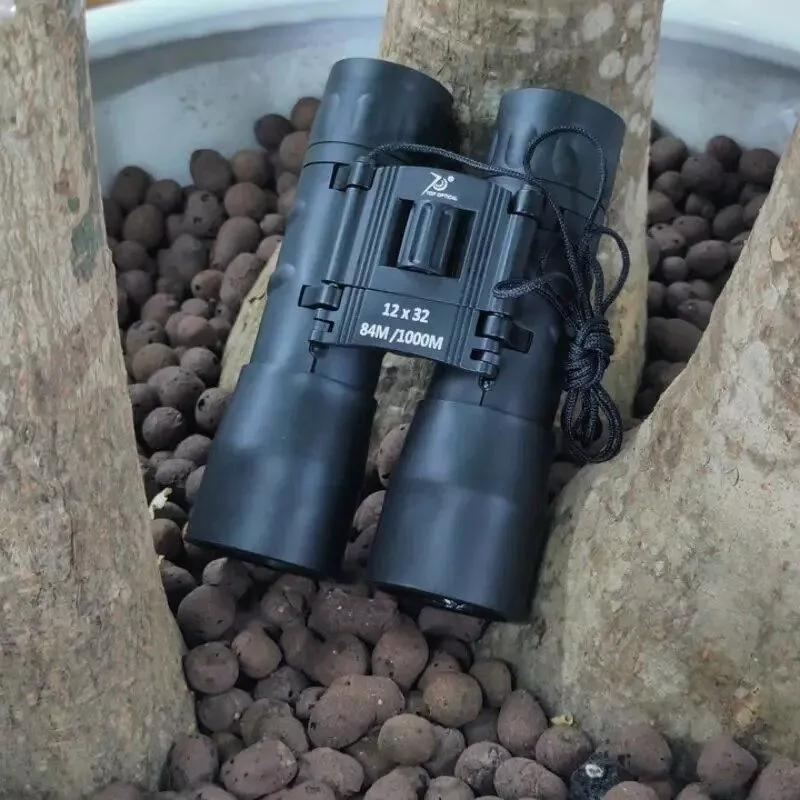
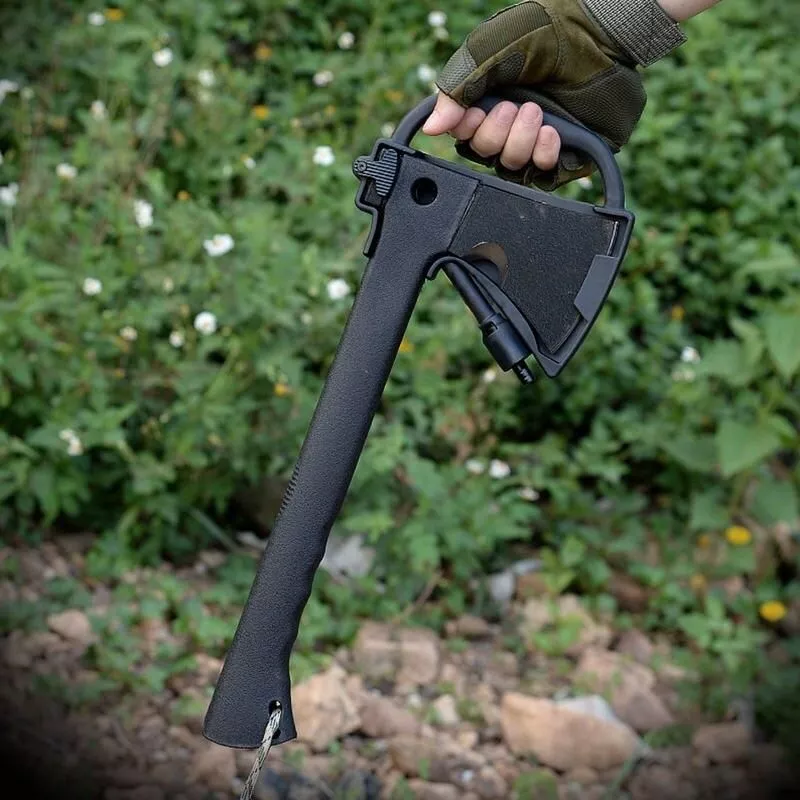

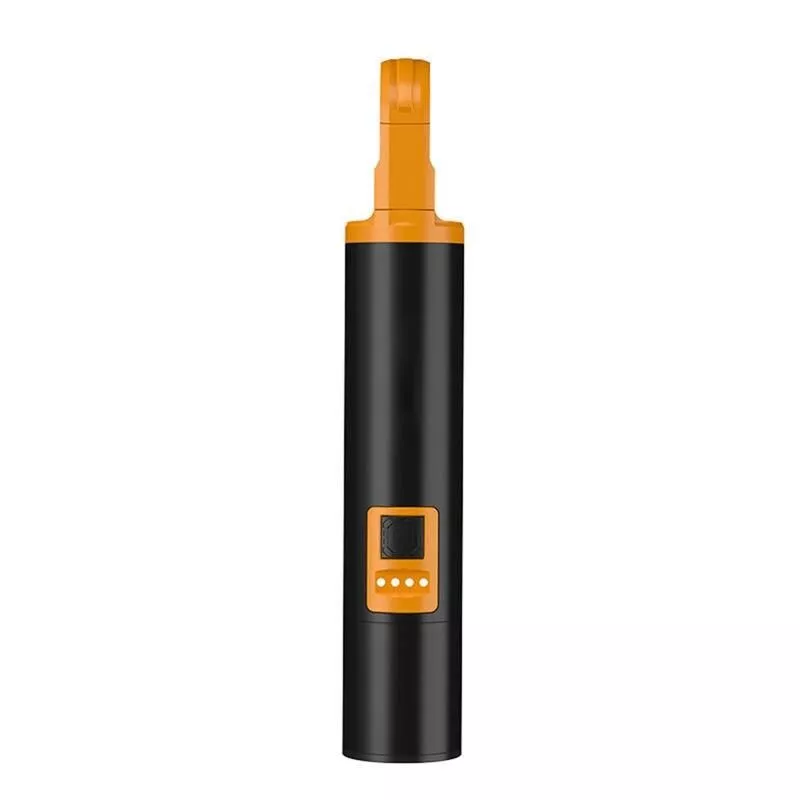
HOW TO CHOOSE YOUR TENT?
The most important item when you are planning to go camping and hiking is a tent. A tent can provide you with shelter, comfort, and privacy in the outdoors. But how do you choose a tent that suits your needs? Here are some factors to consider:
- The type of tent: There are different types of tents designed for different purposes. For example, dome tents are easy to set up and stable in moderate weather but may not have much headroom or interior space. Tunnel tents are spacious and lightweight but may not be very sturdy in strong winds. Geodesic tents are strong and stable in harsh weather but may not be very durable or weather resistant. You should choose a type of tent that matches your camping style and preferences.
- The size of tent: The size of the tent depends on how many people you want to store inside. Most tents are rated by their capacity, such as 2-person, 3-person, or 4-person tents. However, these ratings are based on snug fit, and may not account for personal space or extra belongings. If you want more room or comfort, you may want to size up your tent to make sure it fits your body size and sleeping arrangement.
- The seasonality of tent: The seasonality of the tent refers to how well it can handle different weather conditions throughout the year. Most tents are classified as three-season, four-season, and extended-season tents. Three-season tents are suitable for spring, summer, and fall and can withstand rain or light snow. They have ample ventilation and mesh panels to keep you cool and bug-free. Four-season tents are designed for winter or high-altitude camping and can endure strong winds and heavy snow. They have fewer ventilation options and more poles and fabrics to keep you warm and protected. Extended-season tents are somewhere in between and can handle mild winter conditions or early spring and late fall camping. They have more ventilation than four-season tents, but more strength and warmth than three-season tents. You should choose a tent that matches the seasons you plan to camp in most often.
- The weight of tent: The weight of the tent is an important factor if you are going to carry it on your back for long distances. You want a tent that is light enough to not slow you down or tire you out, but also durable enough to not break or leak easily. The weight of the tent depends on the materials, poles, stakes, rainfly, footprint, and accessories it comes with. Generally, lighter tents are more expensive and less spacious than heavier tents. You should look for a balance between weight and performance that works for your backpacking goals.
- The features of tent: The features of the tent are the extra details that can enhance your camping experience. Some features of the tent you may want to look for are, doors, vestibules, windows, pockets, hooks, vents, seams, zippers, etc. You should choose a tent that has the features that matter most to you.

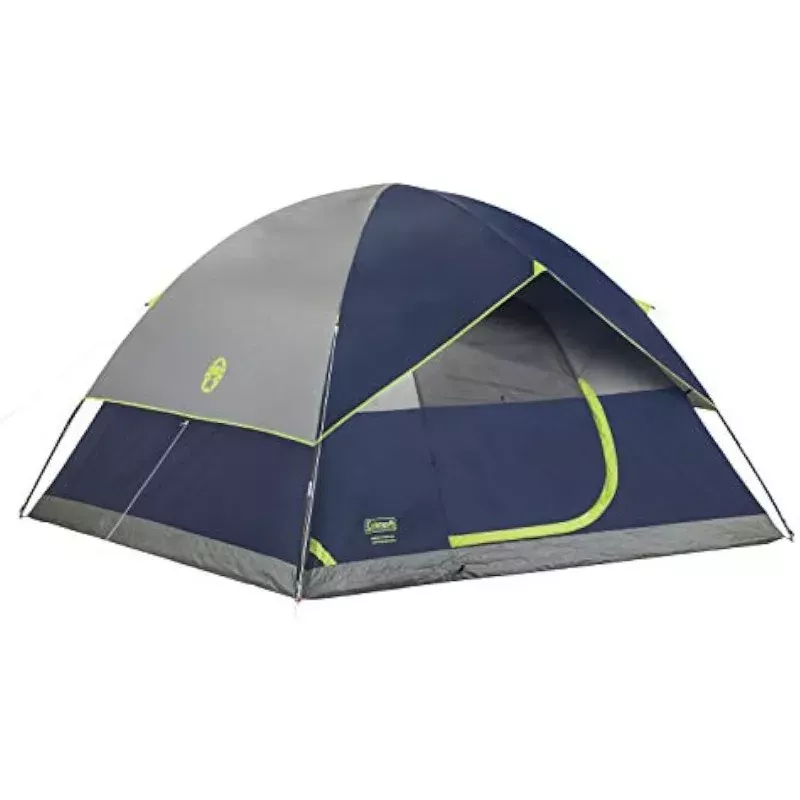

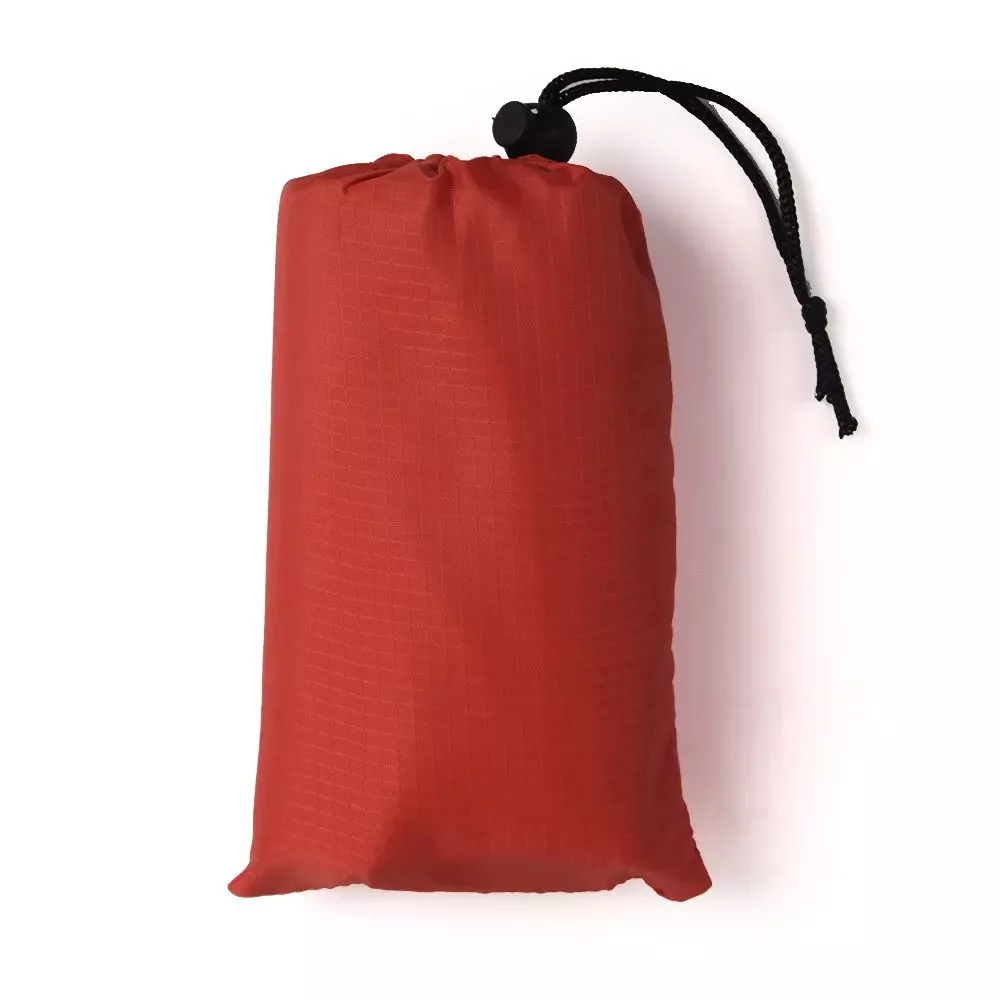
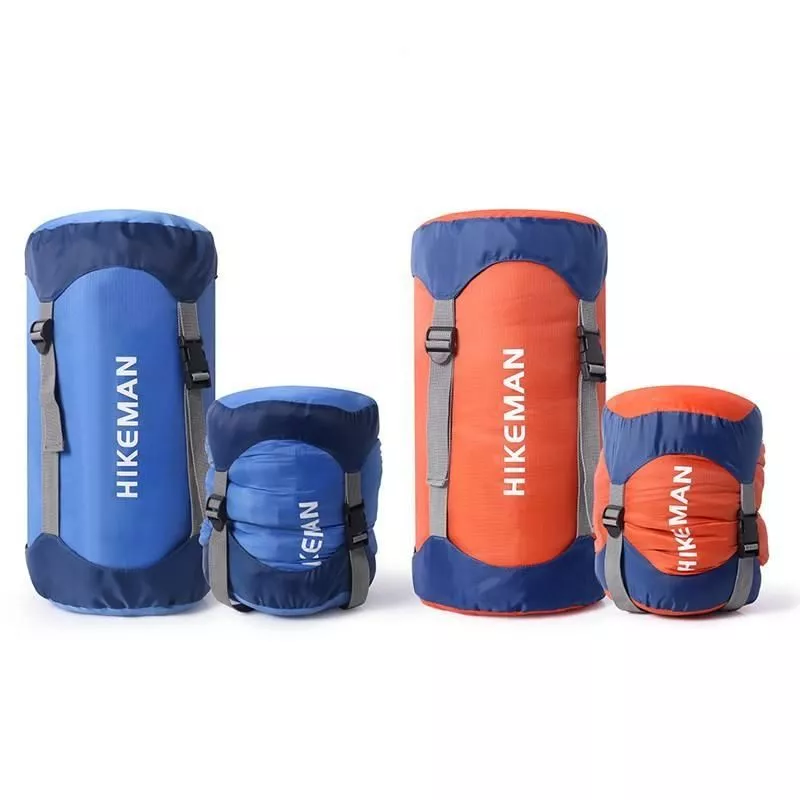

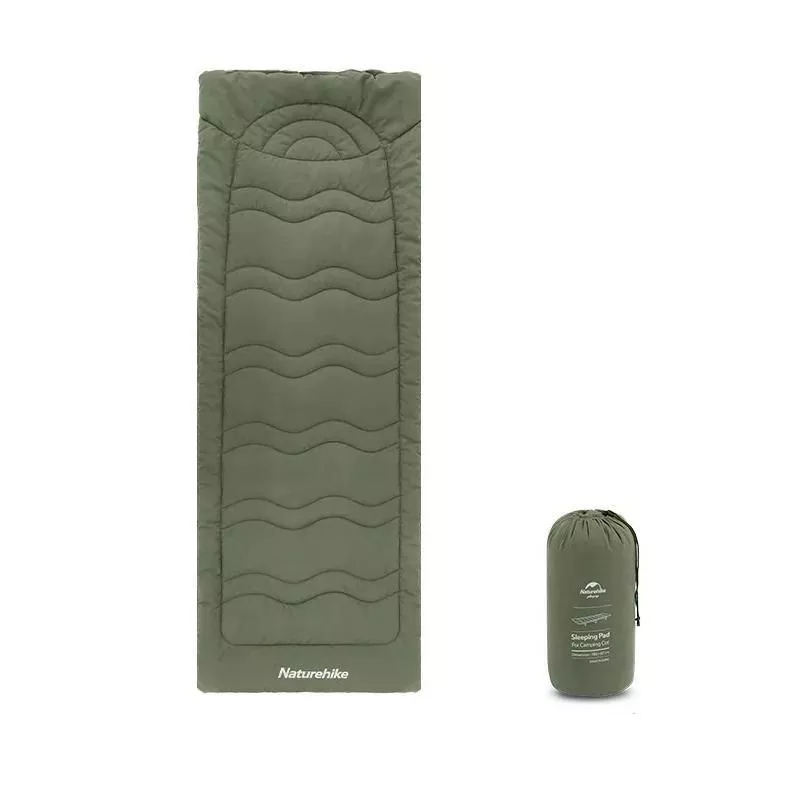
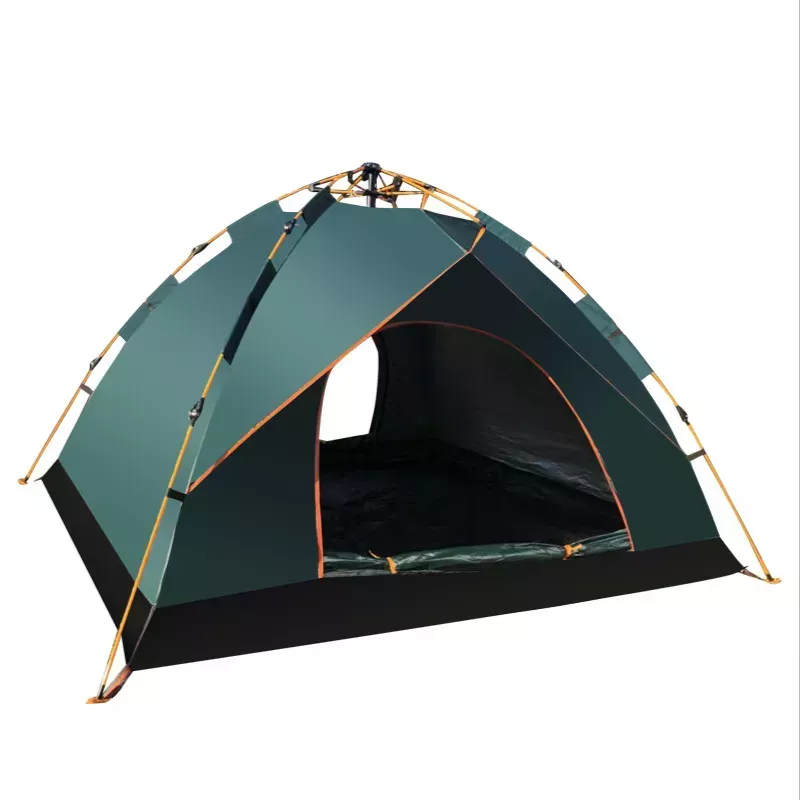

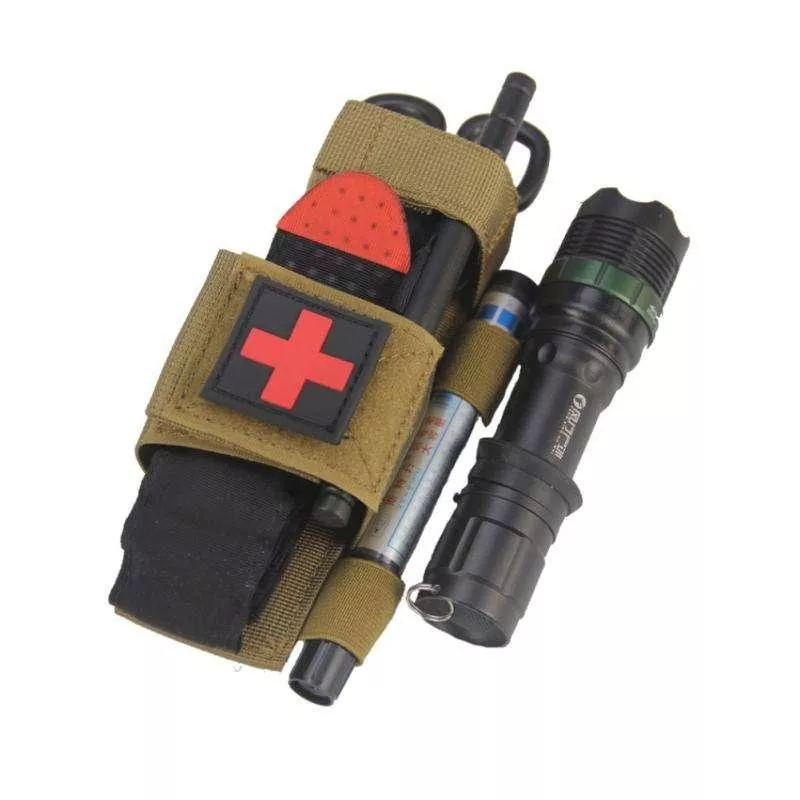






Leave a comment